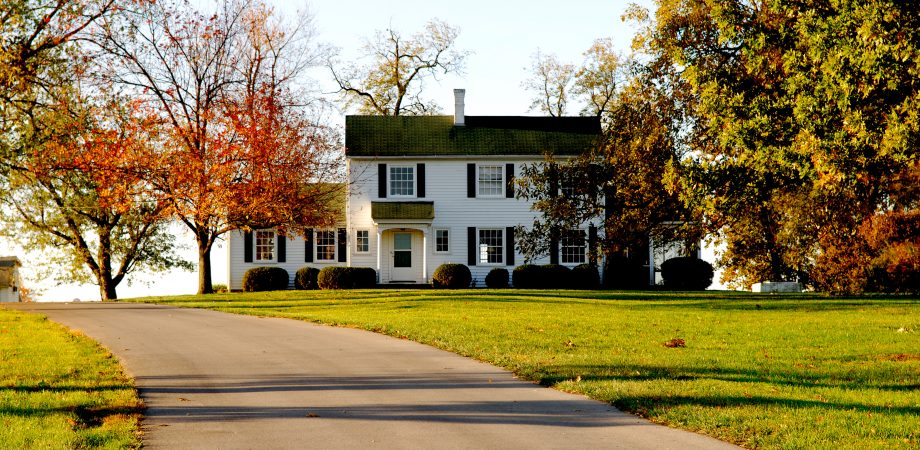Winter Dormancy in the South

No, your lawn isn’t dead—it’s dormant! Winter dormancy can be concerning to homeowners in the South who fear the cold temperatures are killing their warm-season lawns. Dormancy is a natural part of the turfgrass growth cycle, though.
Most Southern lawns consist of warm-season grasses such as bermudagrass, zoysiagrass, St. Augustinegrass, and centipedegrass. These grasses go dormant to conserve energy for winter survival. Growth slows, and color fades during dormancy, which can give the appearance of dead or dying grass. If it is simply dormant, however, the grass will return to growth naturally in the spring. It’s important to know the difference between dormant and dead grass so you know if your lawn needs attention.
Consistency is one sign of dormancy, though not to be confused with uniformity. Warm-season grasses, in particular, may not enter dormancy in one graceful fade from green to brown. Rather, they can have patterns of green and brown mottled together. The thing to look for is consistency over the whole lawn. If the mottled pattern repeats throughout the yard, that’s a good sign the grass is simply going dormant.
Paying attention to the temperature will also help you recognize dormancy, as grass reacts quite predictably to temperature changes. Warm-season grasses start going dormant when soil temperatures are around 55°F, which correlates to air temperatures around 65°F. At that point, you can feel confident that consistently browning grass is going dormant.
Although dormancy occurs naturally, you can support the process to maximize plant health. Applying fertilizer at the end of fall, before dormancy, prepares turfgrass for a healthy green-up in the spring. Warm-season grass still needs water during dormancy, so continue irrigating your lawn if there’s insufficient rainfall in your area. Don’t worry about mowing a dormant lawn because it’s not actively growing anyway.
Warm-season grasses will transition out of dormancy naturally in the spring. As temperatures rise, you can expect your lawn to begin growing again and regain its green color. For now, you can rest easy knowing your yard is doing the same thing.







